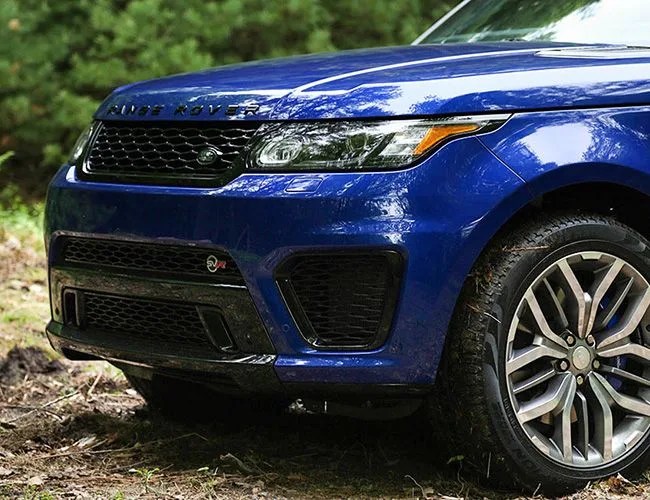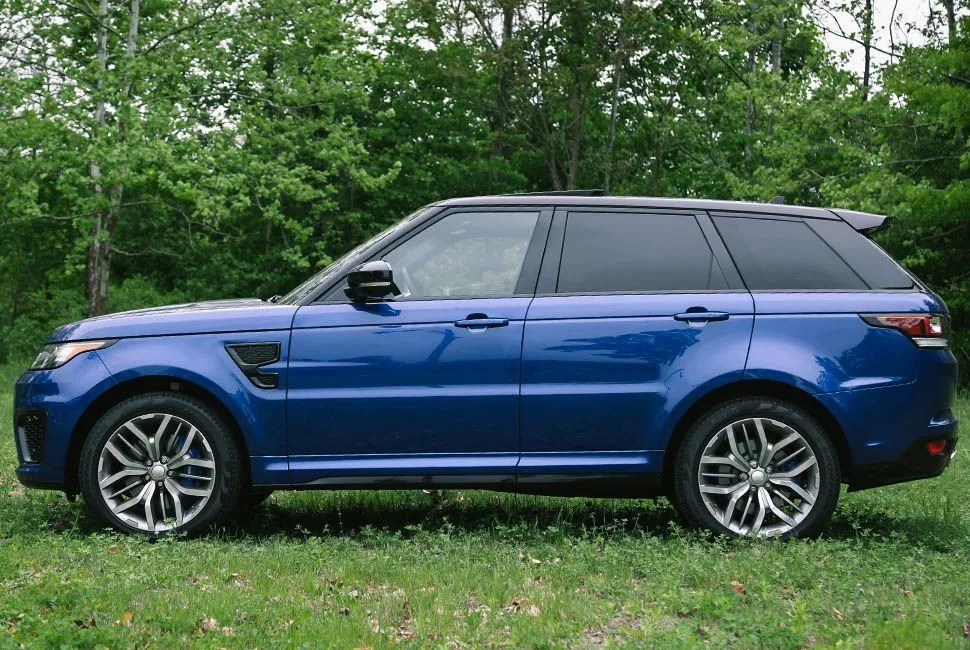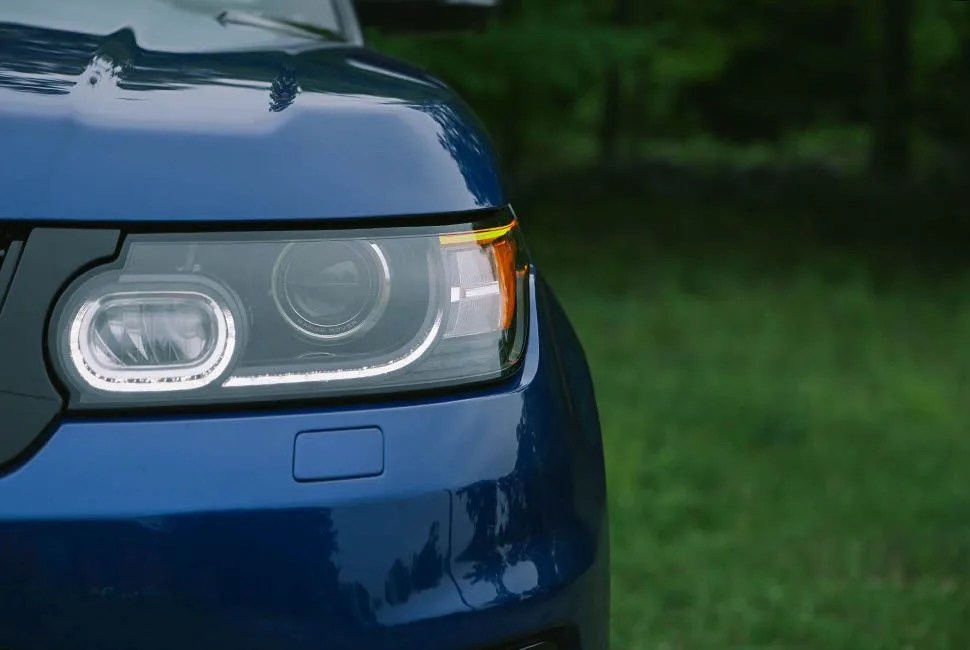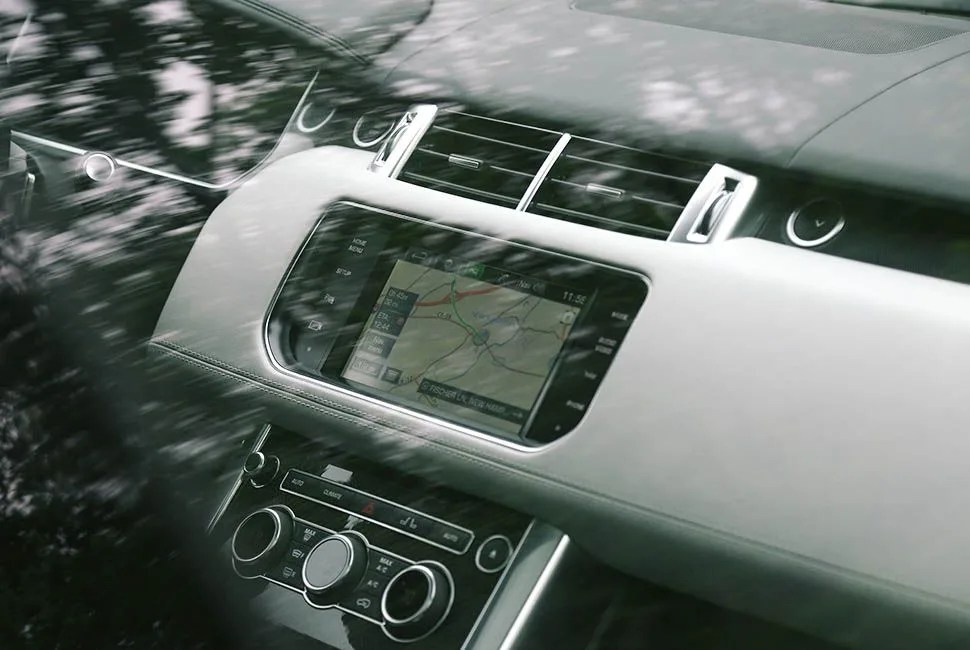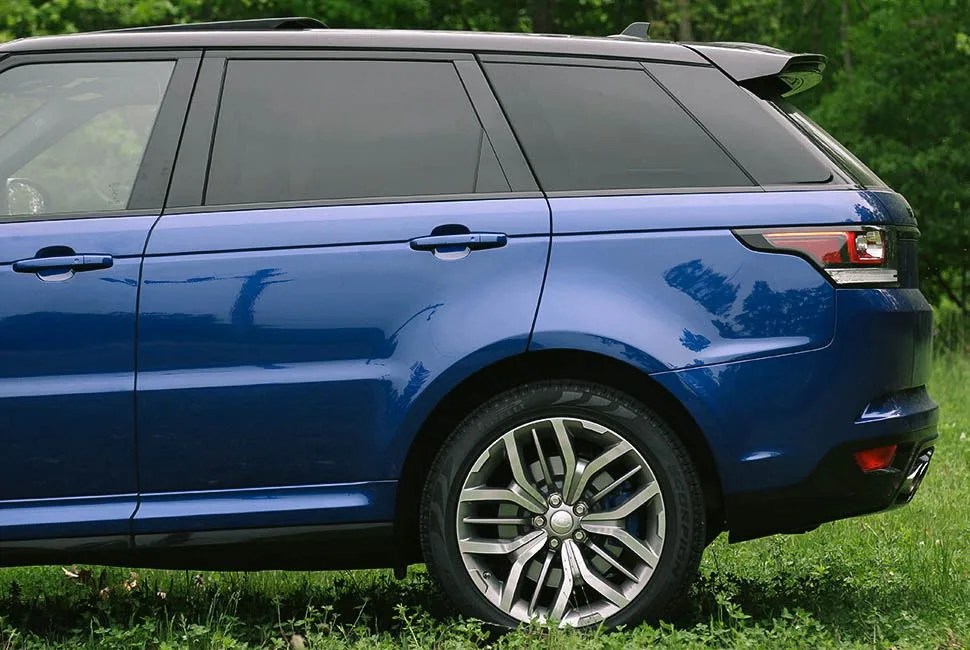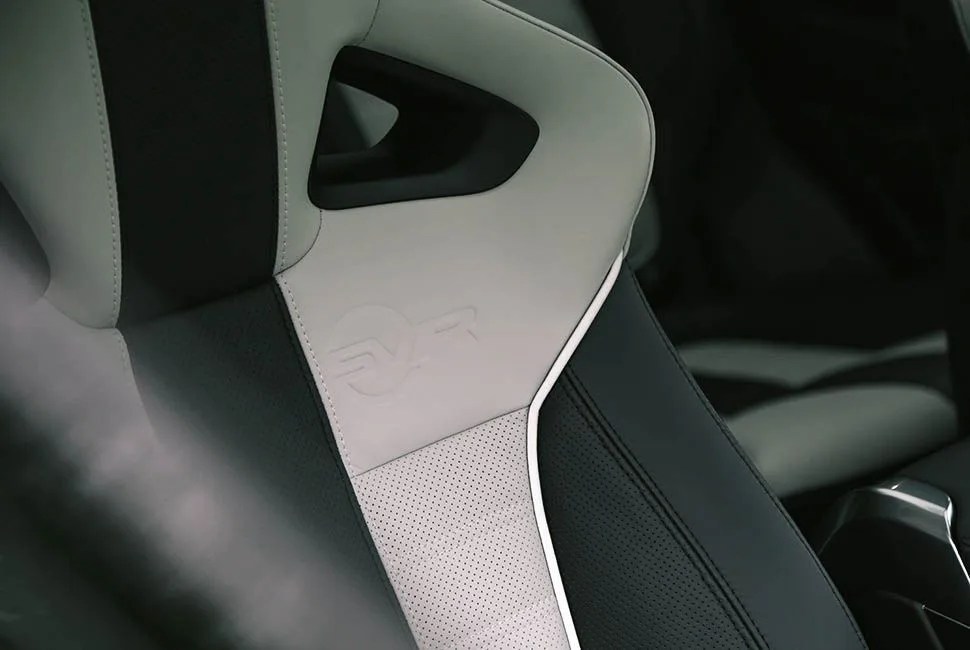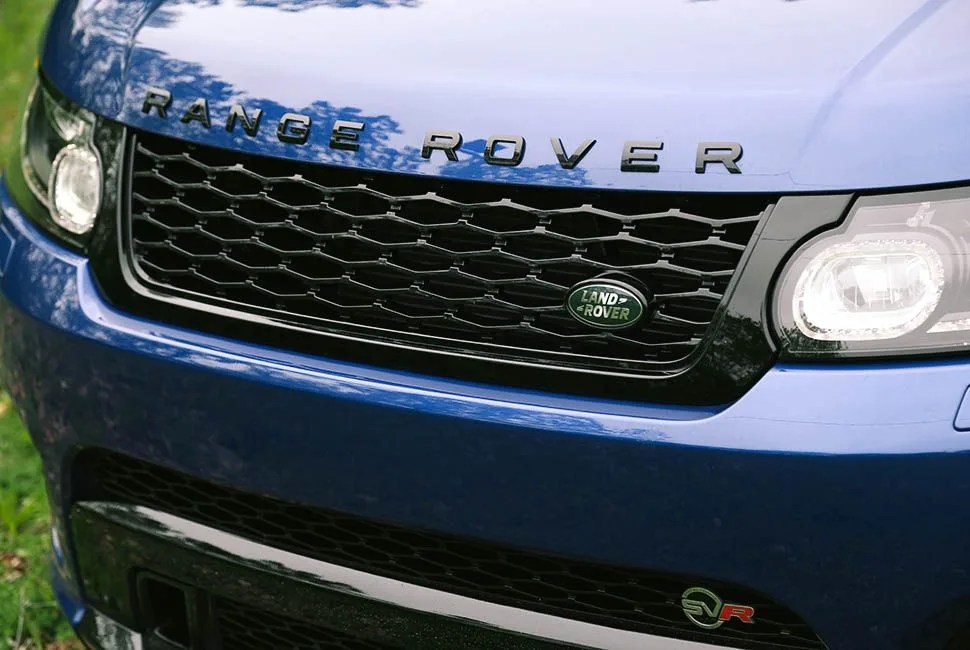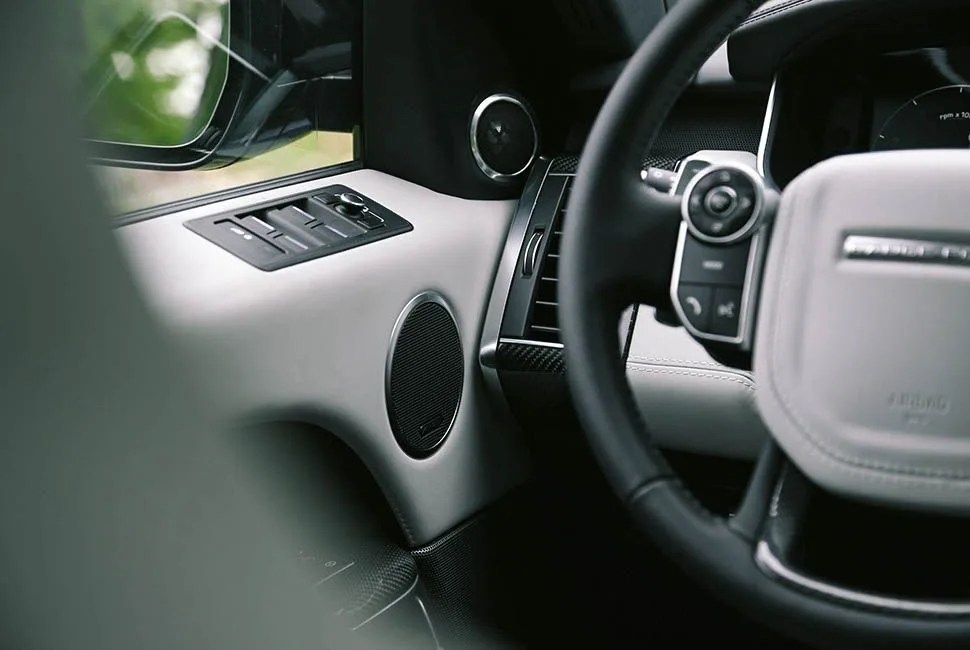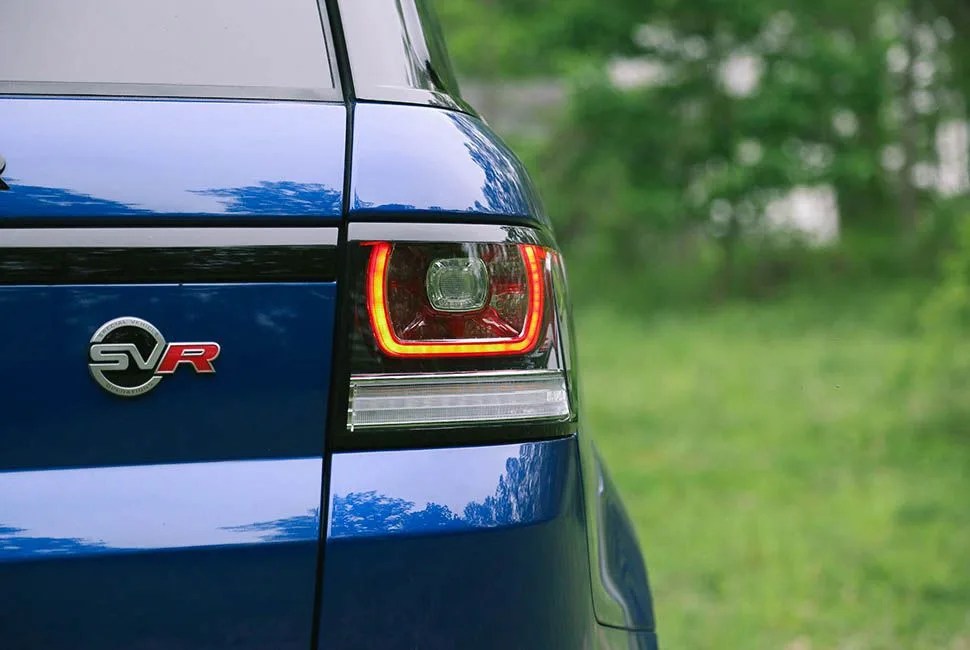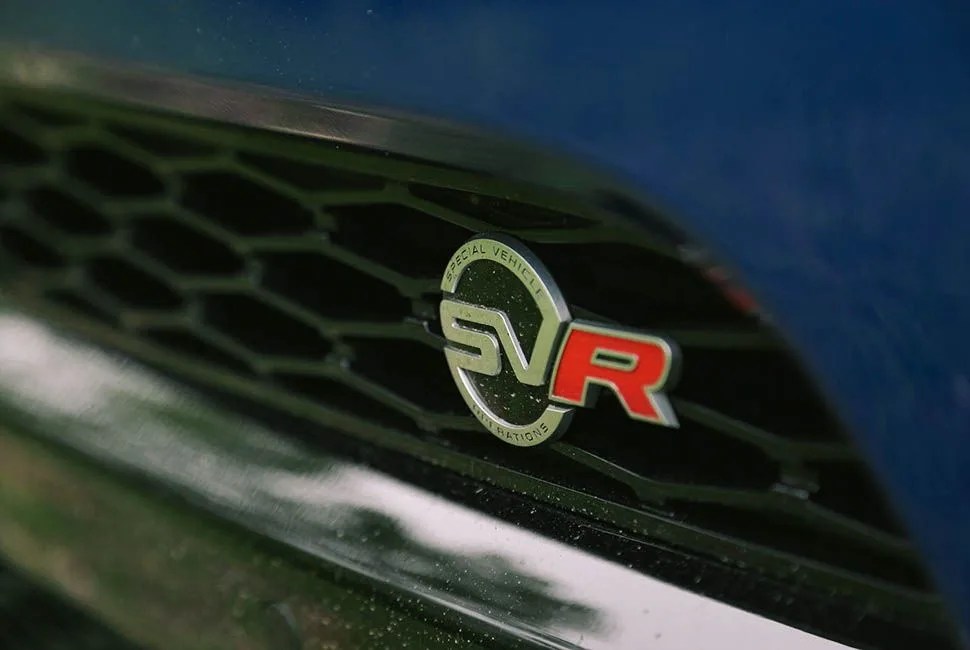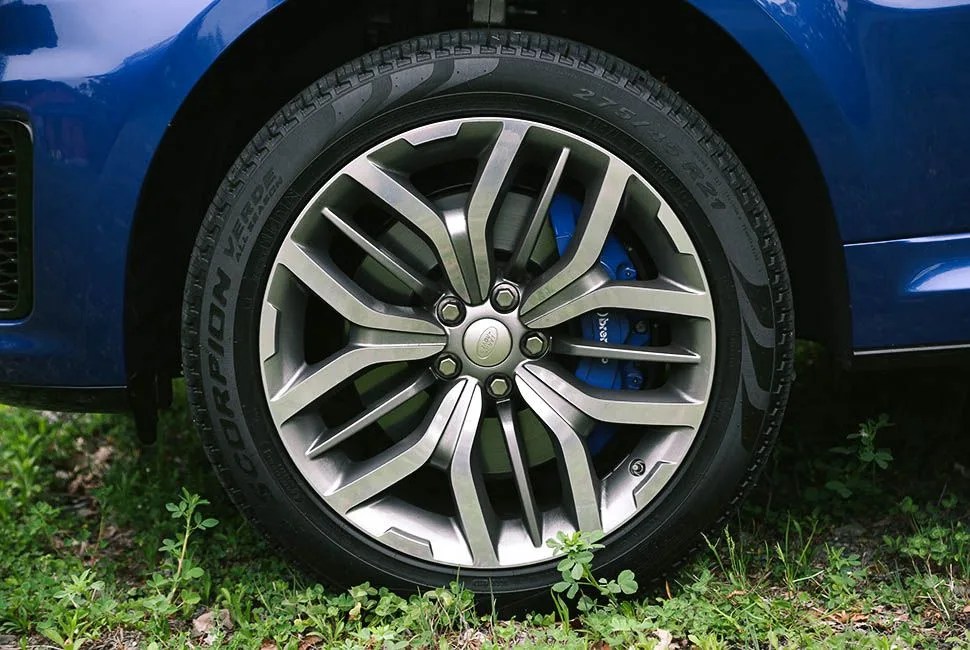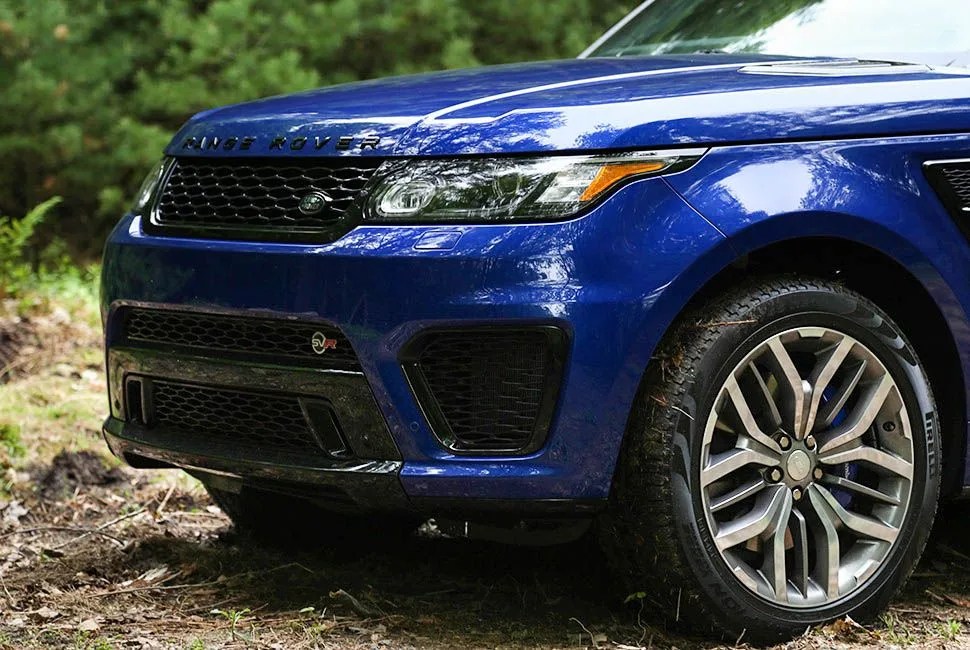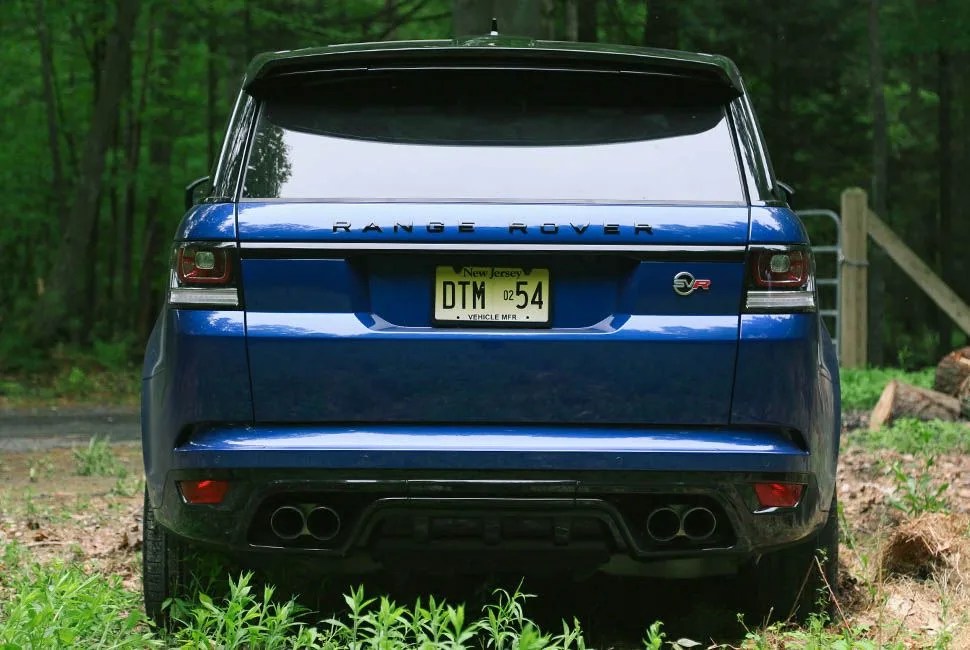12 photos
Look. It’s nice to say that we drive cars for the purity of the drive. It’s nice to say that we think things like “Terrain Response” are essential elements because, hey, you never really know — you may find yourself in the desert in need of a sand mode. It’s nice to think that 550 horsepower and 502 lb-ft of torque are things that you’re really going to tap into. It’s nice to say that shifting speed is making or breaking your driving experience. And in a way, they do. These things coalesce into a comprehensive driving experience that matters. Sure. But the bare bones of why one individual would spend $111,470 on this here sports SUV — the Range Rover Sport SVR — is that it’s cool. Racing-seats-in-the-rear-seat cool. White-leather cool. So cool that you’ll turn the stereo up to full blast on the backroads, set the exhaust to super exhaust mode and floor the accelerator so the car makes so much noise all the people in New Jersey will hear you and consider your cool.
The SVR from Range Rover is, in the words of Vehicle Line Director for Special Vehicle Operations Michelle Mortiboys, the “fastest, most powerful, most dynamically focused Land Rover ever.” It’s the performance pinnacle, the top dog of Range Rover sportiness. It’s in the ilk of these ridiculously high-powered SUVs that perform on Nürburgring nearly as well as their sports-car brethren: Porsche Cayenne Turbo S, BMW X6 M, Mercedes-Benz GLE AMG. The SUVs are all preposterous proof that some huge behemoth can become, with the right amount of power and tuning, a sports car — that an SUV can do things on a track that sports cars 20 years ago couldn’t dream of doing.
Under the Hood
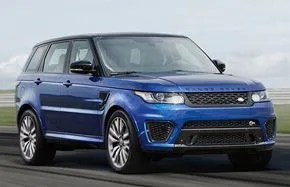
Engine: 5-liter Supercharged V8
Transmission: eight-speed automatic with manual shifting mode
Horsepower: 550
Torque: 502 lb-ft
0-60: 4.5 seconds
MSRP: $111,470
That, and haul the kids, bikes, groceries and the dog — off road. The SVR, born of the SVO (Special Vehicles Operation), comes with six terrain response modes (General, Dynamic, Grass/Gravel/Snow, Mud/Ruts, Sand, Rock Crawl) that can be manually set or automatically engaged. In a short testing stint on a muddied-up backroad on the grounds of the Monticello Motor Club, the SUV handled shaky terrain with one-hand-on-the-wheel comfort. The display shows wheel angles, car balance and which differential is locked; as one engineer noted, this off-road proficiency is what puts the Range into the Rover. There’s 10.7 inches of ground clearance and 33.5 inches of wading depth, so if you’re the type to take your six-figure toys deep into the mountains, you’ll be plenty well equipped.
